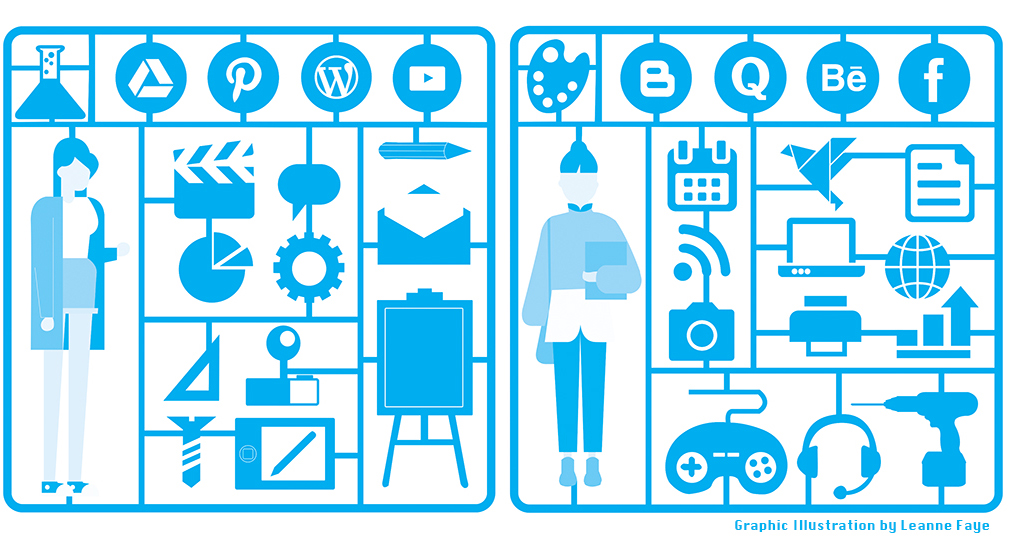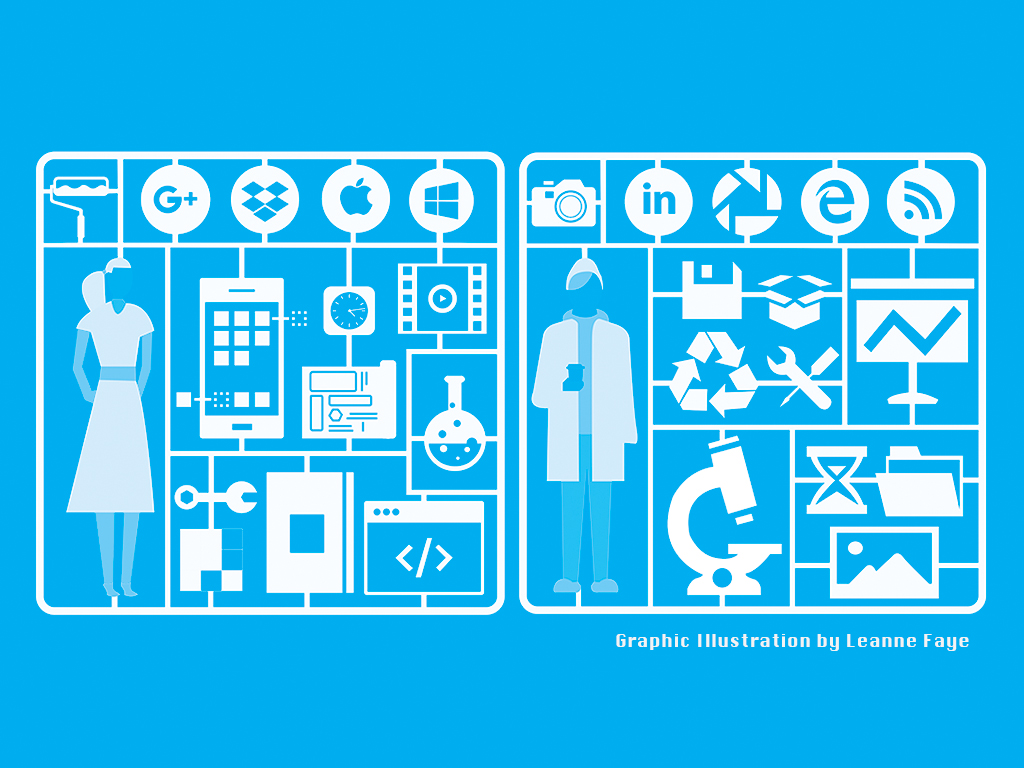
Transmedia Storytelling has exploded throughout the entertainment, education, marketing, advertising and the activism world across multiple media platforms. This storytelling phenomenon stimulates deep immersion, engagement and participation among media consumers. Take the Marvel Cinematic Universe (MCU) for example. It is a shared fictional universe, created by Marvel Studios in 2008. In a span of a decade, based on their Marvel Comics characters, animated films and television shows, video games, websites, toys, clothing, and live action television shows and films; MCU became the world’s highest grossing movie franchise with US12bil revenue worldwide, more than the ‘Harry Potter’, ‘James Bond’, ‘The Lord of the Rings’ or the ‘Star Wars ‘franchise ever raked in.
Conventional media designers are challenged with this new paradigm of practice that forces adoption of new inherent theories, concepts and production culture. “Transmedia storytelling represents a process where integral elements of a fiction get dispersed systematically across multiple delivery channels for the purpose of creating a unified and coordinated entertainment experience. Ideally, each medium makes its own unique contribution to the unfolding of the story,” says Professor Henry Jenkins of University Southern California.
Jenkins coined the term in his 2006 book ‘Convergence Culture’ and since then, transmedia grew aggressively especially for the entertainment industry with TV shows like ‘LOST’ and ‘Heroes’ extending its life span from TV to games, novels, and mobisodes (episodic mobile shows). The advertising and marketing industries have also used transmedia with notable success such as Coca-Cola’s ‘Happiness Factory’, Nokia’s ‘Conspiracy for Good’, and Audi’s ‘Art of the Heist’. As for the social activism sector, it had ‘World without Oil’ and ‘I am this land’ just to name a few. Despite the undisputed success of movie tie-in transmedia and branded commercial projects, crucial fundamental problems and questions remain unaddressed in the education and training of new transmedia storytelling designers.
Renowned Oscar winning film director Guilermo del Torro says, “I’m learning, because I want to learn animation, I want to learn video games, I want to learn every… I want to learn book publishing and I want to learn TV. Why? Because, as a storyteller, I’m convinced that in the next five to ten years, we’re going to need to know all of that. All of that… People talk about transmedia, and then some people are very radical and say ‘That’s not possible,’ or ‘That would be the end of civilization’.”
“I’m learning, because I want to learn animation, I want to learn video games, I want to learn every… I want to learn book publishing and I want to learn TV. Why? Because, as a storyteller, I’m convinced that in the next five to ten years, we’re going to need to know all of that. All of that… People talk about transmedia, and then some people are very radical and say ‘That’s not possible,’ or ‘That would be the end of civilization’.”
Undoubtedly, the transmedia storytelling practice involves not only the understanding of each distinct medium of delivery but also the ingrained conventional industry standards of practice and culture. Leading transmedia theorists have commented on the convergence or integration of old and new media due to the many interrelations and dependencies of practice rather than a suppression and replacement of the old. “The old idea of convergence was that all devices would converge into one central device that did everything for you (a la the universal remote). What we are now seeing is the hardware diverging while the content converges.” Cheskin Research, Designing Digital Experiences for Youth, Market Insights Series, Fall 2002. The content convergence in transmedia storytelling, involves each of the medium platforms to play an integral part in making a unique contribution to the story’s canon. Therefore, the transmedia designers would need to have mastery over various medium literacies in order to systematically weave the narrative into a unified and coordinated story universe.
Transmedia is not a readaptation of contents across multiple medium; rather it is a specialized design practice that leverages on the medium’s unique strength. Most certainly, the conventional single medium content and the various media industries would still be in existence. Not only will it be around for a long time, it will influence and form the basis for transmedia practice and standards. The new curriculum for producing transmedia designers, would be adopting an integrative practice that crosses all media and fosters cognitive fluency in multimodal, visual, information, social media and gaming literacies.
Graphic Illustrations courtesy Leanne Faye.

